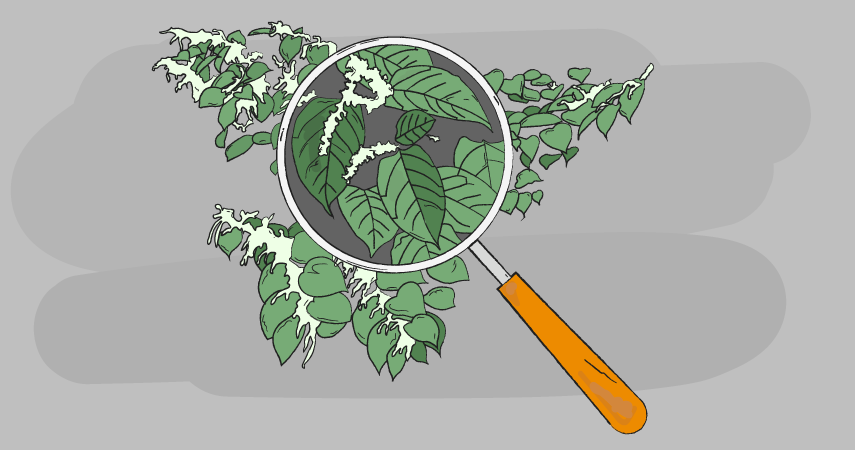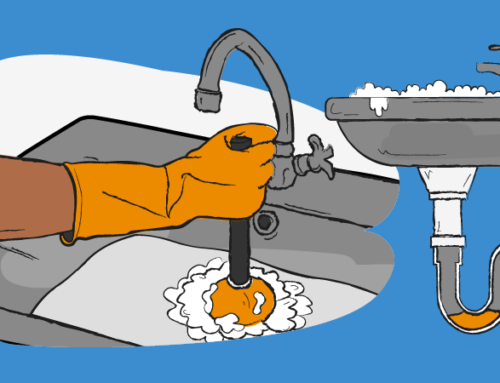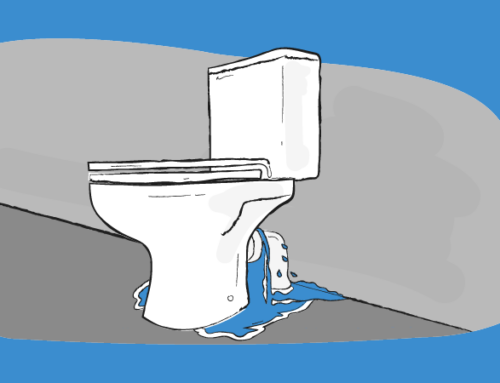Tips for spotting Japanese knotweed in your garden

Japanese knotweed is a troublesome plant that can cause expensive damage to a building. It’s important to check that it isn’t growing near your property and to deal with it as soon as possible if you spot any signs.
Here are our tips to help you keep your investment safe from Japanese knotweed:
What is Japanese knotweed?
Japanese knotweed is also known as Fallopia japonica. It is a plant that lies dormant during winter months but begins to sprout again in spring.
During the warm summer months, the plant can commonly grow by one foot per week and suffocate other flowers in the garden. Not unlike bamboo, it can grow in excess of 7ft high.
If left untreated, the plant can cause a problem in both buying and selling homes. Some lenders won’t even consider giving mortgages for homes where the plant is present. The roots from Japanese knotweed can cause severe damage to house foundations, walls and drainage systems.
What does it look like?
It can be recognised by its distinctive lime-green stem with purple and red speckles. Additionally, the plant has reddish-pink buds, with heart-shaped leaves and its sprouts have a red tinge that turn lime green. During the summer months, Japanese knotweed produces clusters of cream flowers.
If you take photos of what you have found, you can get in touch with a weed control company to seek their opinion. There is a chance that it isn’t knotweed, but if it is then you will have the option to pay a specialist to survey the site and advise you on what to do next.
How to remove Japanese knotweed
Although it isn’t illegal to grow knotweed in the UK, the plant must be kept under control. This is to prevent it from spreading into nearby gardens.
Hertsmere Borough Council states that they are able to investigate complaints about Japanese knotweed and may provide advice and recommendations about how to treat it. They may decide to issue a Community Protection Notice, requiring the person responsible for the land in which the knotweed is growing to take steps to rectify the problem.
The Royal Horticultural Society (RHS) provides useful information on removing the plant on its website:
- Try a glyphosate-based weed killer such as Roundup Tree Stump & Root Killer.
- Once under control, the removed knotweed must be disposed of at a licensed landfill site. The Environmental Protection Act 1990 classifies it as ‘controlled waste’.
However, some mortgage providers will require proof that any knotweed found on a property has been treated professionally. This would also make disposing of it easier, as specialist Japanese knotweed contractors are also required to be registered waste carriers.
Disclaimer: The opinions and views expressed in the above article are those of the author only and are for guidance purposes only. The author disclaims any liability for reliance upon those opinions and would encourage readers to rely upon more than one source before making a decision based on the information.




